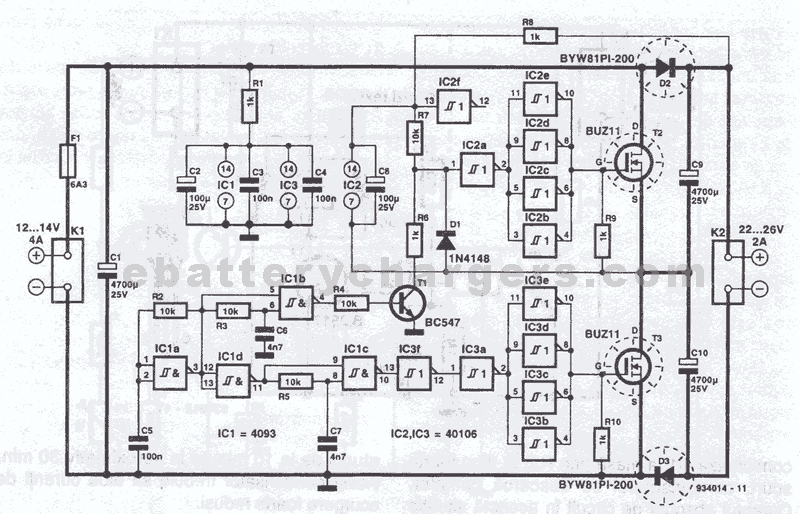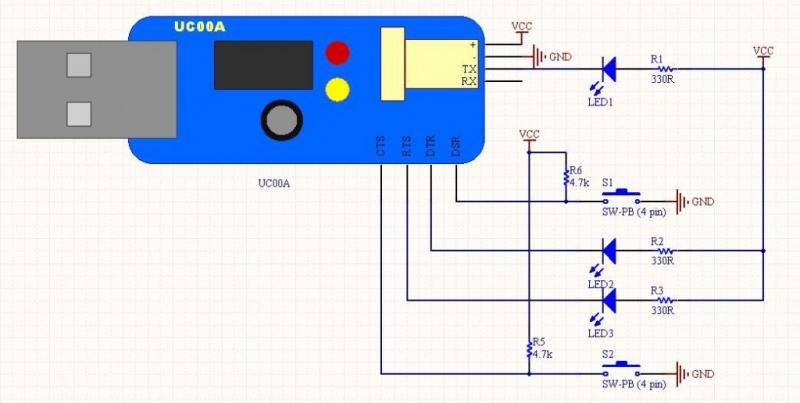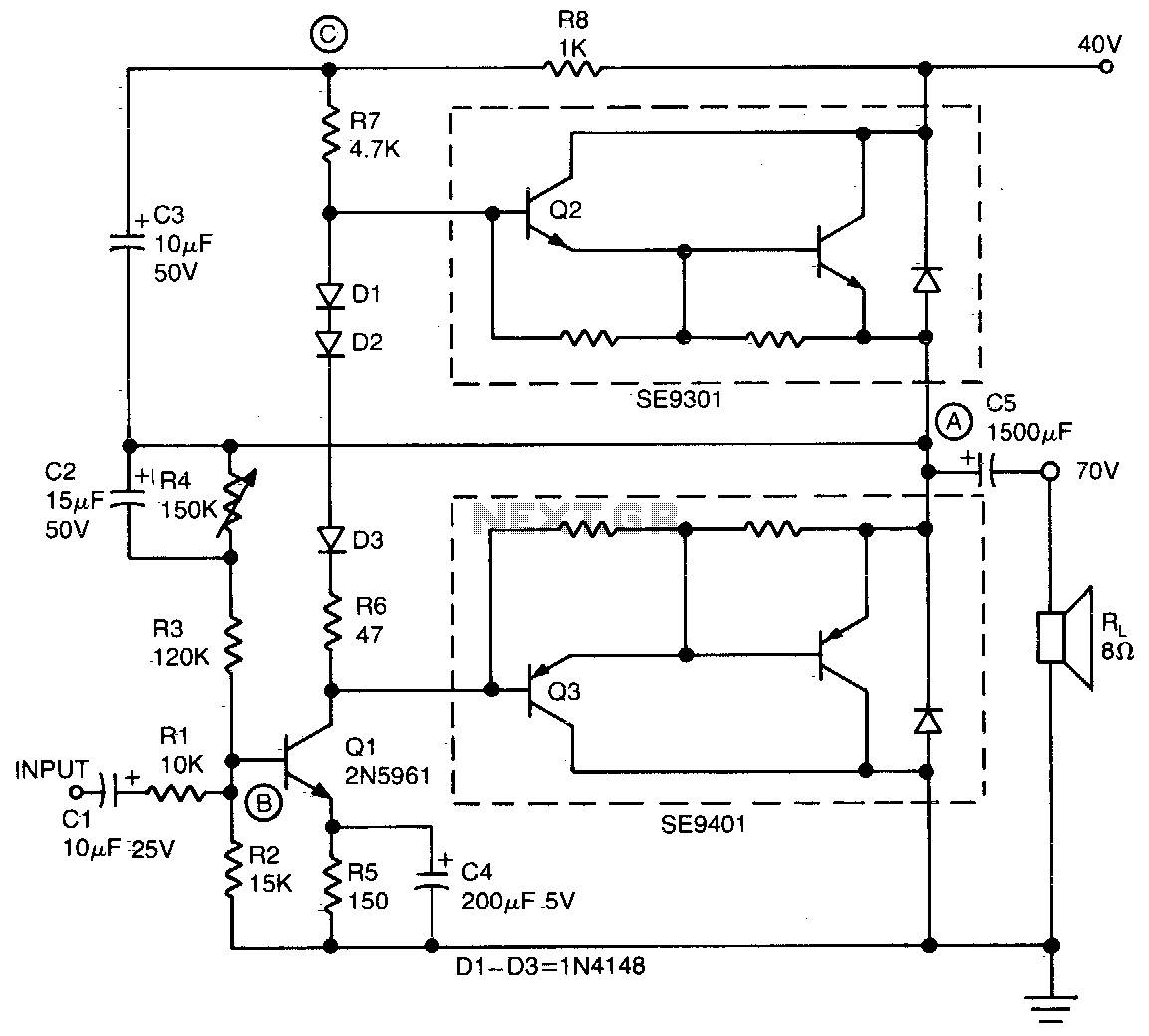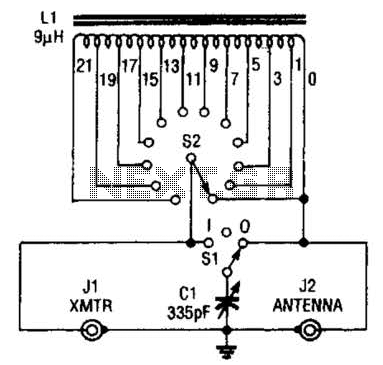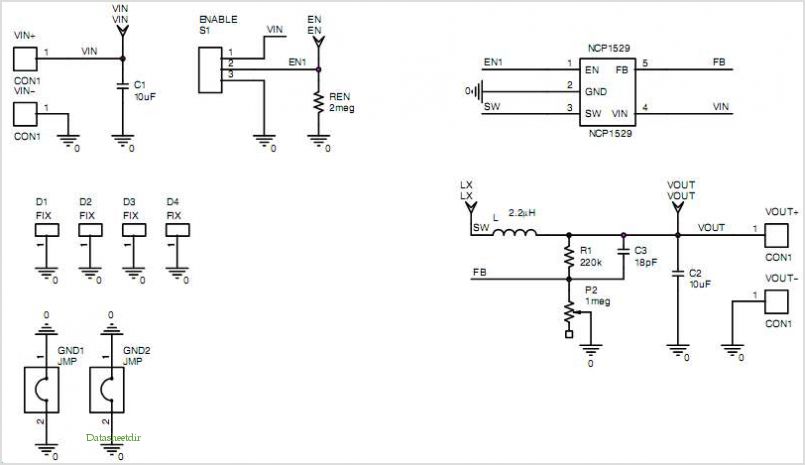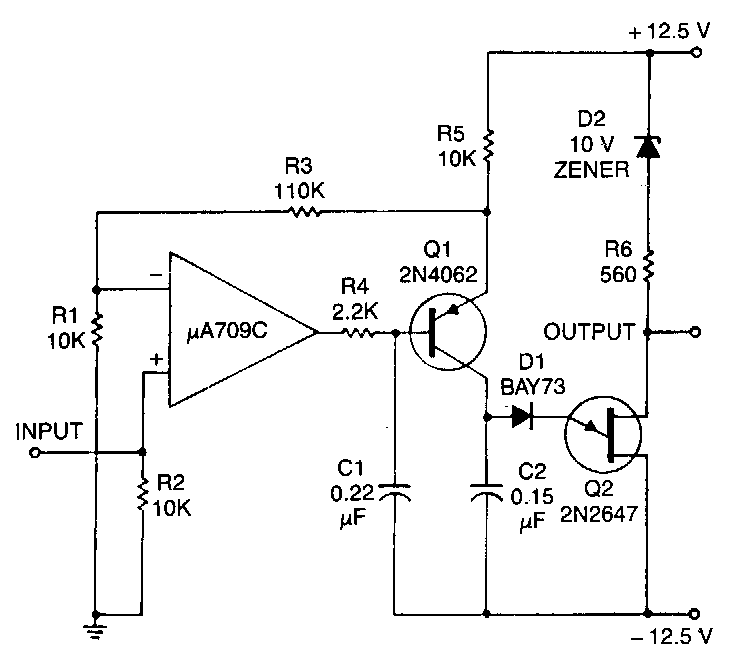
Low Cost Monolithic Voltage-to-Frequency Converter

The AD7740 is the smallest and most affordable 12-bit Voltage-to-Frequency Converter (VFC) available. As a synchronous converter, its output frequency is tied to a fixed master clock frequency, which enhances temperature stability compared to asynchronous VFCs. With a 1 MHz input clock frequency, the full-scale output frequency reaches 900 kHz. The voltage reference input can be connected to the supply if needed. Traditionally, VFCs have been utilized for low-cost analog-to-digital conversion or for simple isolation purposes. The AD7740 is available in an 8-pin MicroSOIC package and an 8-lead SOT-23 package, with the latter offered exclusively on tape and reel. Two operating temperature ranges are provided: from 0°C to +85°C and from -40°C to +105°C.
The AD7740 Voltage-to-Frequency Converter (VFC) is designed to convert an analog voltage input into a frequency output, making it suitable for various applications in signal processing and data acquisition systems. Its synchronous architecture allows for improved temperature stability, which is critical in precision applications where environmental conditions can affect performance. The integration of a fixed master clock frequency ensures consistent output behavior, reducing the impact of temperature variations that may influence the conversion process.
The device operates efficiently with a 1 MHz input clock frequency, yielding a maximum output frequency of 900 kHz. This characteristic enables high-resolution frequency output while maintaining low power consumption, making it ideal for battery-operated devices. The ability to tie the voltage reference input to the supply voltage simplifies circuit design and reduces external component count, allowing for more compact and cost-effective solutions.
The AD7740 is encapsulated in two different package types: the 8-pin MicroSOIC and the 8-lead SOT-23. The SOT-23 package is specifically available in tape and reel format, which facilitates automated assembly processes in high-volume production. The device's thermal performance is rated across two distinct temperature ranges, ensuring reliable operation in diverse environmental conditions, from standard commercial applications to more demanding industrial settings.
In summary, the AD7740 combines a compact form factor with robust performance characteristics, making it an excellent choice for applications requiring precise analog-to-digital conversion and isolation capabilities. Its versatility and reliability are further enhanced by its wide operating temperature range and ease of integration into existing systems.The AD7740 is the world`s smallest, lowest-cost, 12-Bit accurate VFC. Since this is a synchronous converter, the output frequency is related to the fixed master Clock frequency so temperature stability is much improved over asynchronous VFCs. With a 1 MHz input Clock frequency, the FS output frequency is 900 kHz. The Voltage Reference input CAN be tied to the supply, if required. Historically the primary applications for VFCs have been either to implement low cost A/D conversion or to achieve simple isolation. The AD7740 is being offered in an 8-pin MicroSOIC package plus an 8-lead SOT-23 package. The SOT-packaged devices are only available on T&R. Two operating temperature ranges are available; from 0C to +85C and from -40C to +105C. 🔗 External reference
The AD7740 Voltage-to-Frequency Converter (VFC) is designed to convert an analog voltage input into a frequency output, making it suitable for various applications in signal processing and data acquisition systems. Its synchronous architecture allows for improved temperature stability, which is critical in precision applications where environmental conditions can affect performance. The integration of a fixed master clock frequency ensures consistent output behavior, reducing the impact of temperature variations that may influence the conversion process.
The device operates efficiently with a 1 MHz input clock frequency, yielding a maximum output frequency of 900 kHz. This characteristic enables high-resolution frequency output while maintaining low power consumption, making it ideal for battery-operated devices. The ability to tie the voltage reference input to the supply voltage simplifies circuit design and reduces external component count, allowing for more compact and cost-effective solutions.
The AD7740 is encapsulated in two different package types: the 8-pin MicroSOIC and the 8-lead SOT-23. The SOT-23 package is specifically available in tape and reel format, which facilitates automated assembly processes in high-volume production. The device's thermal performance is rated across two distinct temperature ranges, ensuring reliable operation in diverse environmental conditions, from standard commercial applications to more demanding industrial settings.
In summary, the AD7740 combines a compact form factor with robust performance characteristics, making it an excellent choice for applications requiring precise analog-to-digital conversion and isolation capabilities. Its versatility and reliability are further enhanced by its wide operating temperature range and ease of integration into existing systems.The AD7740 is the world`s smallest, lowest-cost, 12-Bit accurate VFC. Since this is a synchronous converter, the output frequency is related to the fixed master Clock frequency so temperature stability is much improved over asynchronous VFCs. With a 1 MHz input Clock frequency, the FS output frequency is 900 kHz. The Voltage Reference input CAN be tied to the supply, if required. Historically the primary applications for VFCs have been either to implement low cost A/D conversion or to achieve simple isolation. The AD7740 is being offered in an 8-pin MicroSOIC package plus an 8-lead SOT-23 package. The SOT-packaged devices are only available on T&R. Two operating temperature ranges are available; from 0C to +85C and from -40C to +105C. 🔗 External reference
